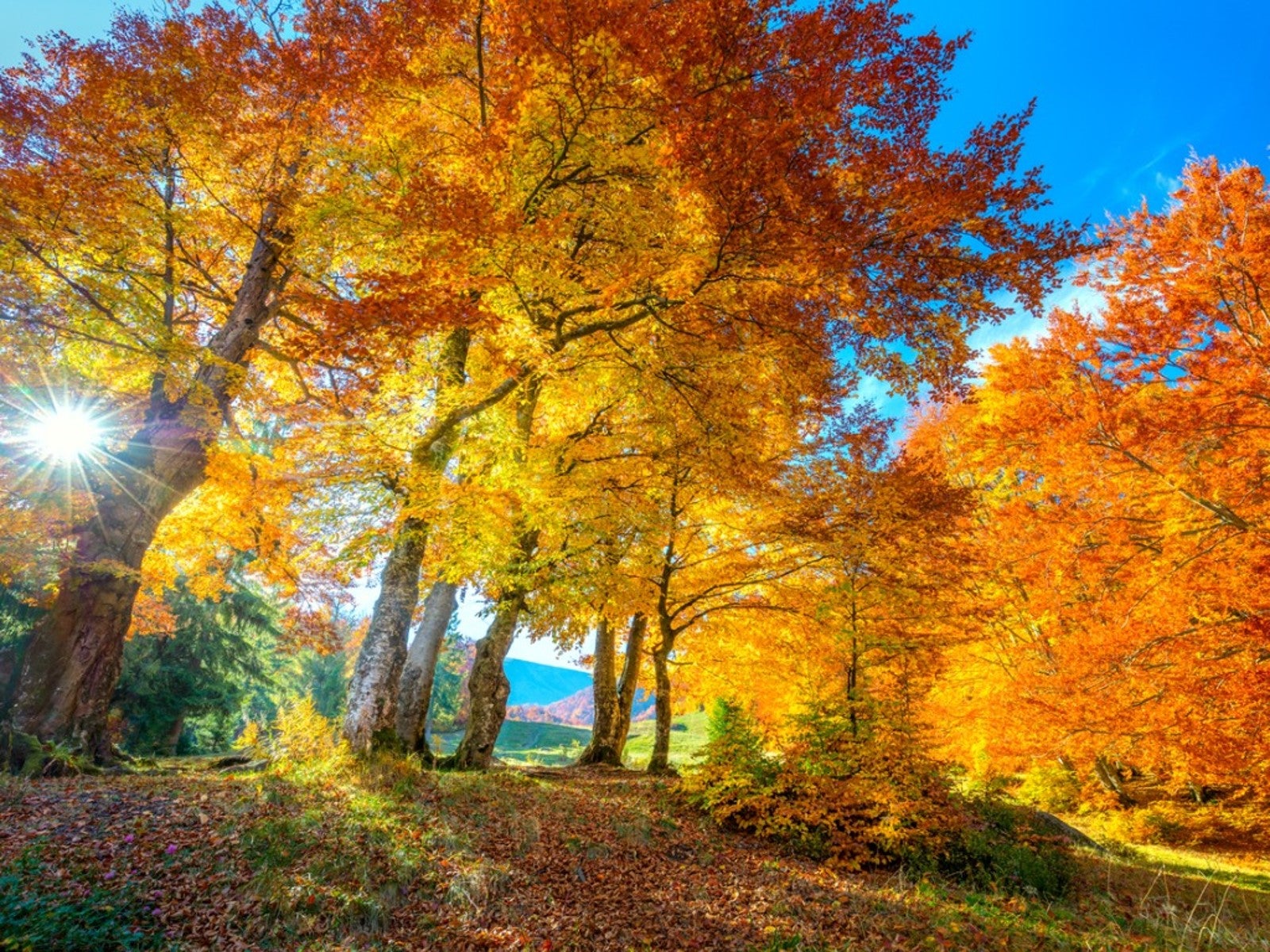Trees For Zone 8: Learn About The Most Common Zone 8 Trees


Choosing trees for your landscape can be an overwhelming process. Buying a tree is a much bigger investment than a small plant, and there are so many variables it can be hard to decide where to begin.
One good and very useful starting point is hardiness zone. Depending upon where you live, some trees simply won’t survive outside. Keep reading to learn more about growing trees in zone 8 landscapes and some common zone 8 trees.
Growing Trees in Zone 8
With an average minimum winter temperature between 10 and 20 degrees F. (-12 to -7 C.), USDA zone 8 can’t support trees that are frost sensitive. It can, however, support a huge range of cold hardy trees. The range is so big, in fact, that it’s impossible to cover every species. Here is a selection of common zone 8 trees, separated into broad categories:
Common Zone 8 Trees
Deciduous trees are extremely popular in zone 8. This list includes both broad families (like maples, most of which will grow in zone 8) and narrow species (like honey locust):
- Beech
- Birch
- Flowering Cherry
- Maple
- Oak
- Redbud
- Crape Myrtle
- Sassafras
- Weeping Willow
- Dogwood
- Poplar
- Ironwood
- Honey Locust
- Tulip Tree
Zone 8 is a slightly tricky spot for fruit production. It’s a little too cold for a lot of citrus trees, but the winters are a little too mild to get adequate chill hours for apples and many stone fruits. While one or two varieties of most fruits can be grown in zone 8, these fruit and nut trees for zone 8 are the most reliable and common:
Evergreen trees are popular for their year-round color and often distinctive, sappy fragrance. Here are some of the most popular evergreen trees for zone 8 landscapes:
Gardening tips, videos, info and more delivered right to your inbox!
Sign up for the Gardening Know How newsletter today and receive a free copy of our e-book "How to Grow Delicious Tomatoes".

The only child of a horticulturist and an English teacher, Liz Baessler was destined to become a gardening editor. She has been with Gardening Know how since 2015, and a Senior Editor since 2020. She holds a BA in English from Brandeis University and an MA in English from the University of Geneva, Switzerland. After years of gardening in containers and community garden plots, she finally has a backyard of her own, which she is systematically filling with vegetables and flowers.